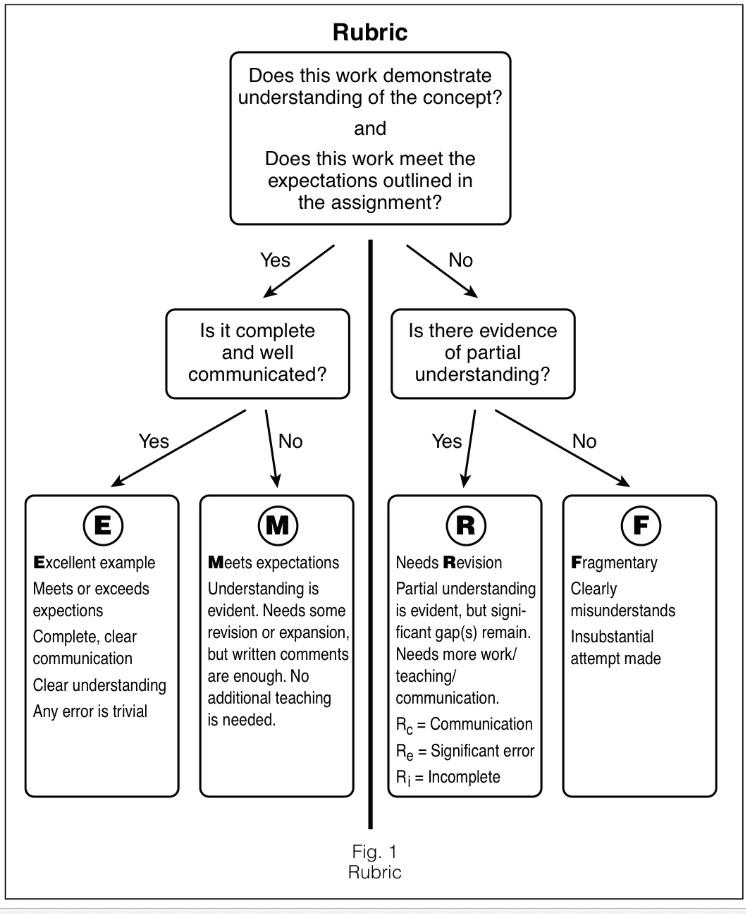Okay, I lied.
I can’t think of any other acronyms.
A better title for this post might be Implementing SBG Within A Non-SBG Framework. Or something like that.
So the good news is, after a five month drought where I only taught online and supervised a hybrid course at BGSU, I am finally back in a real classroom. MATH1260 or Basic Calculus for Business Majors.
The not so good news is that the course I am teaching is coordinated. I don’t have control over the content of the exams, the grading scheme used, or how much the exams affect my students final grade. I also do not have control over the homework, which is mandatory by course policy. So I cannot implement the SBG system I have been using since 2013 and I cannot tell my students that homework is practice and it is their choice whether they practice calculus or not.
Cue the sad trombone.
However! All is not lost. I do have control over the quizzes and the grades for the homework. I wanted to give the quizzes an SBG feel as much as possible within the constraints of the coordinated course. I couldn’t base the grade directly on student performance on learning standards since 75% of their final grade came from four midterms and one final. But I could use the quizzes as section-specific feedback for them as they learned.
I give very short quizzes–one question–at the end of each class. There is a quiz for each section of the textbook and re-assessments (not retakes, but reassessments) are allowed. Once we finish a section, I allow a day for homework and questions and then I give a quiz. When there is no new material to quiz on, I cycle back and give a new quiz over an old section. Students are allowed to keep the highest grade for all quizzes on a certain section.
At first I made the quizzes out of 10 points and used a rubric to grade the answers, but it was difficult to go back to this after using SBG. It felt too arbitrary and lacked the feedback of the SBG scale I had used in the past. (0-5 where each number represented a level of skill or understanding rather than points out of 5.) After the second week I transitioned to an EMRF rubric. There is a flowchart that summarizes the gist of EMRF below. I liked this a lot better as it was more descriptive than points out of 10 and reinforced the message that the quizzes were meant to feedback on student progress rather than a summary judgement of understanding.

If a student receives any type of R (Re, Ri, or Rc) or an F, they are allowed to submit a revision for an M. I also still give reassessments so that there are chances to students to earn an E in the future. I believe this constant low-pressure feedback has been good for the students, but the drawback has been a lot of grading for me, even if they are only one-question quizzes.
While this system isn’t perfect (And, really, what system where we have to give grades is?) I am satisfied with how it has been going. I am also interested to see how my students do on the common exams to see how well this daily feedback prepares them.
It’s good to be back in the classroom again.
Pingback: First Update on My Specifications Grading Experiment | Just TV